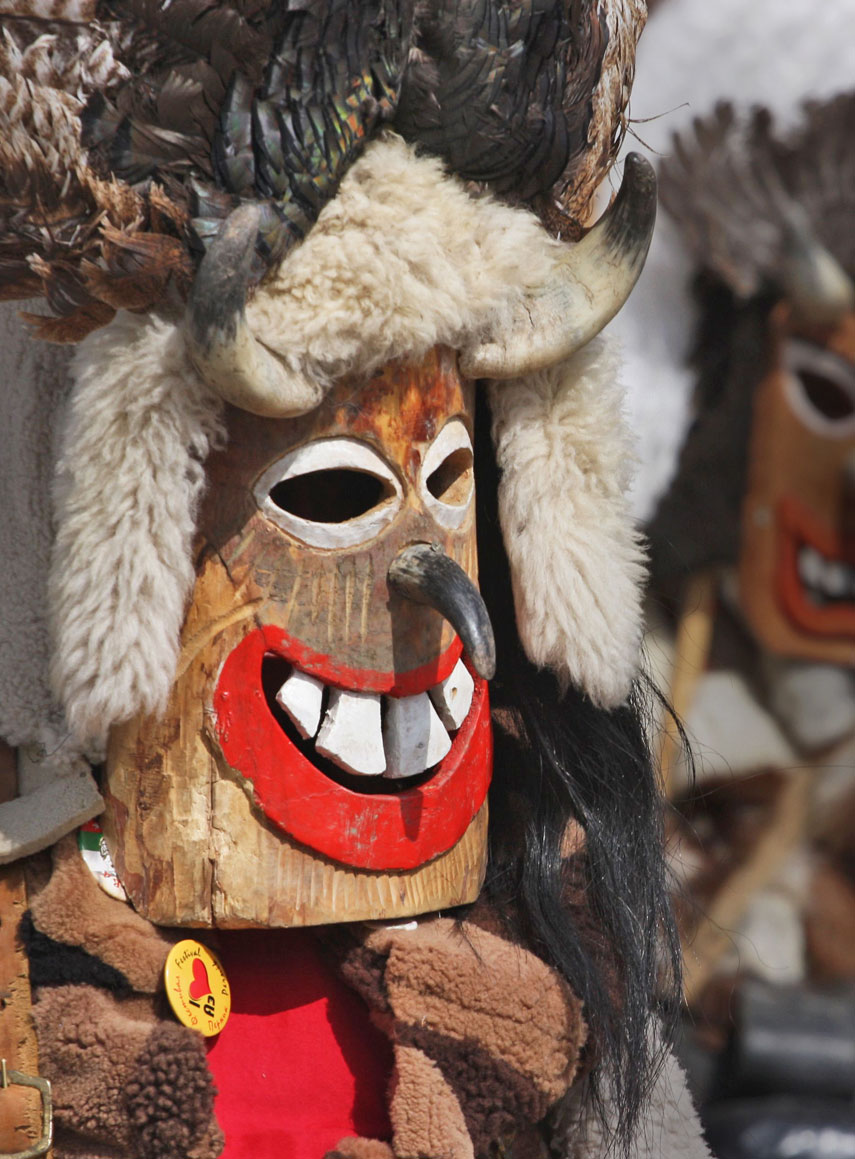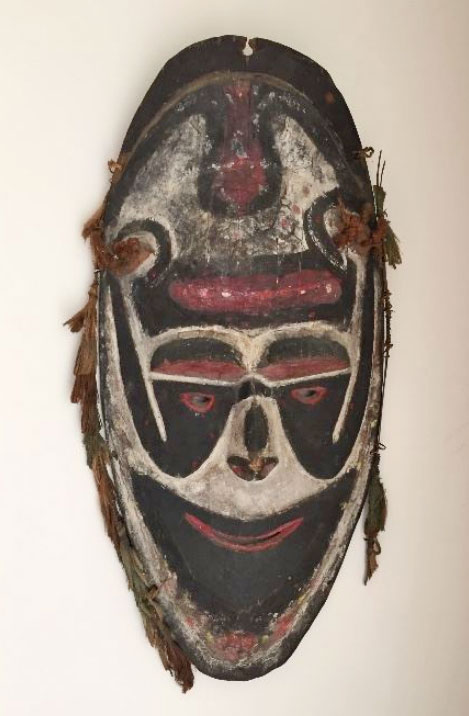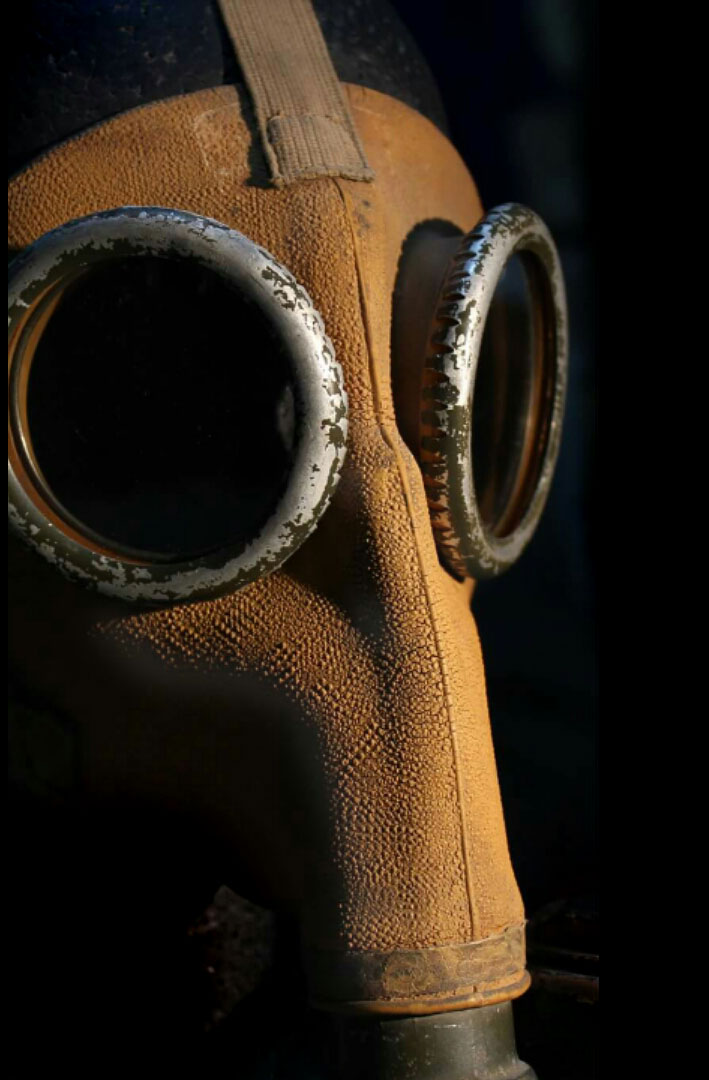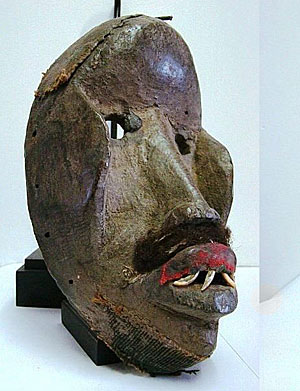 In a practice dating back millennia, Bulgaria’s kukeri dancers don dramatic costumes to dispel evil and invite good. The ritual is a public one, profoundly ancient, full of spectacle and metaphor. Around early winter or midwinter, groups of kukeri (pronounced KOO-kuh-ree) don elaborate costumes—complete with fantastical masks and belts of massive metal bells—and accompany musicians throughout the village, dancing rhythmically to drive away evil and invite good.
In a practice dating back millennia, Bulgaria’s kukeri dancers don dramatic costumes to dispel evil and invite good. The ritual is a public one, profoundly ancient, full of spectacle and metaphor. Around early winter or midwinter, groups of kukeri (pronounced KOO-kuh-ree) don elaborate costumes—complete with fantastical masks and belts of massive metal bells—and accompany musicians throughout the village, dancing rhythmically to drive away evil and invite good.
They are “multipurpose” rituals: The bells clanging and the costumes shocking faces divert the evil eye, but the mummers’ dancing path throughout the village also invoke the fertility of people, animals, and agriculture. Kukeri rituals have also served as coming-of-age ceremonies for young men. There are many different costumes and masks used throughout the country.
The variable practice has also seen broader change in the last half-century. Once solely a young man’s game, kukeri is now practiced by men and women of all ages. Evolving views on gender roles are certainly one factor, says Creed. But when Bulgaria’s population was decimated by communist agricultural practices in the 1960s and 70s—and again by a mass exodus of rural youth after 1989’s economic collapse—women, children, and the elderly became more involved in kukeri practice simply because they were the only ones left.
And while the festival system first arose as a Communist attempt to dispel regional kukeri practices, the competition has only encouraged the preservation of village rituals. By the 1970s, Communist governments recognized the rituals could be used to encourage nationalism, and by the 1980s, local government officials were organizing the rituals themselves. Communist governments recognized the rituals could be used to encourage nationalism, and by the 1980s, local government officials were organizing the rituals themselves. From National Geographic. 1491






